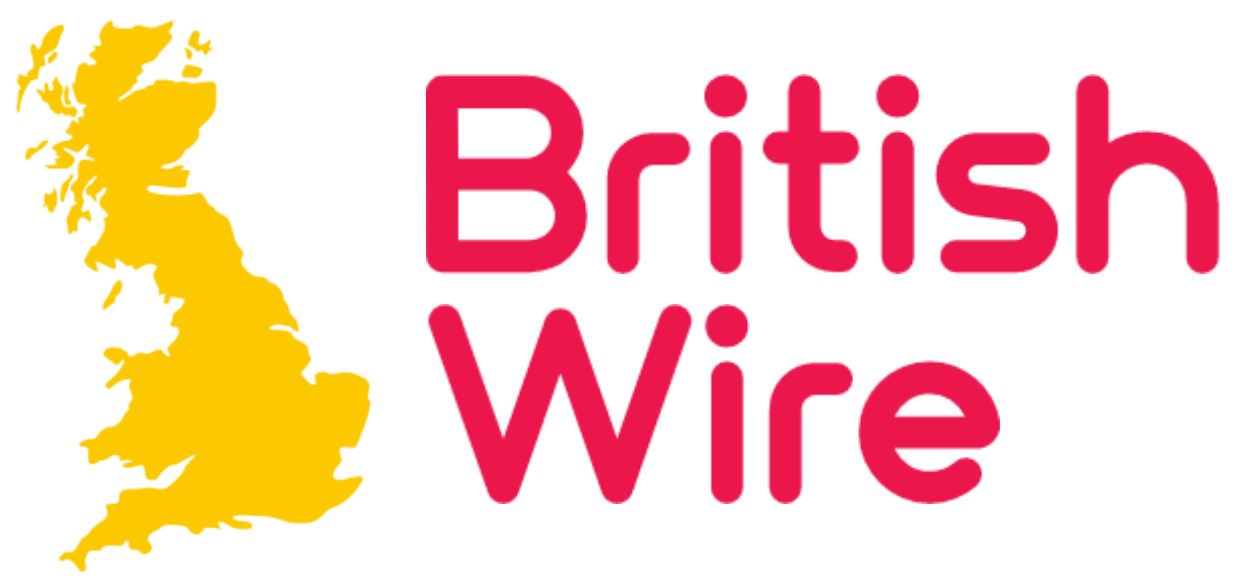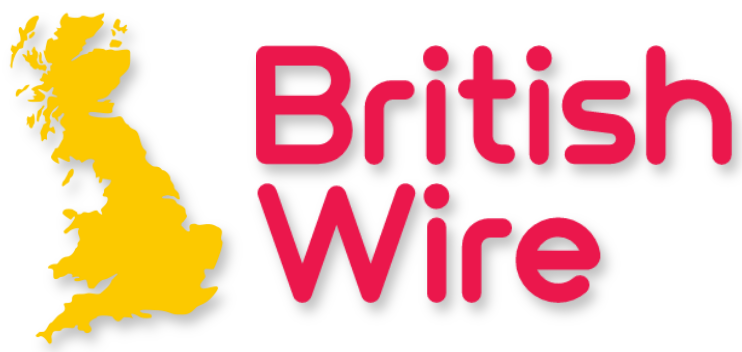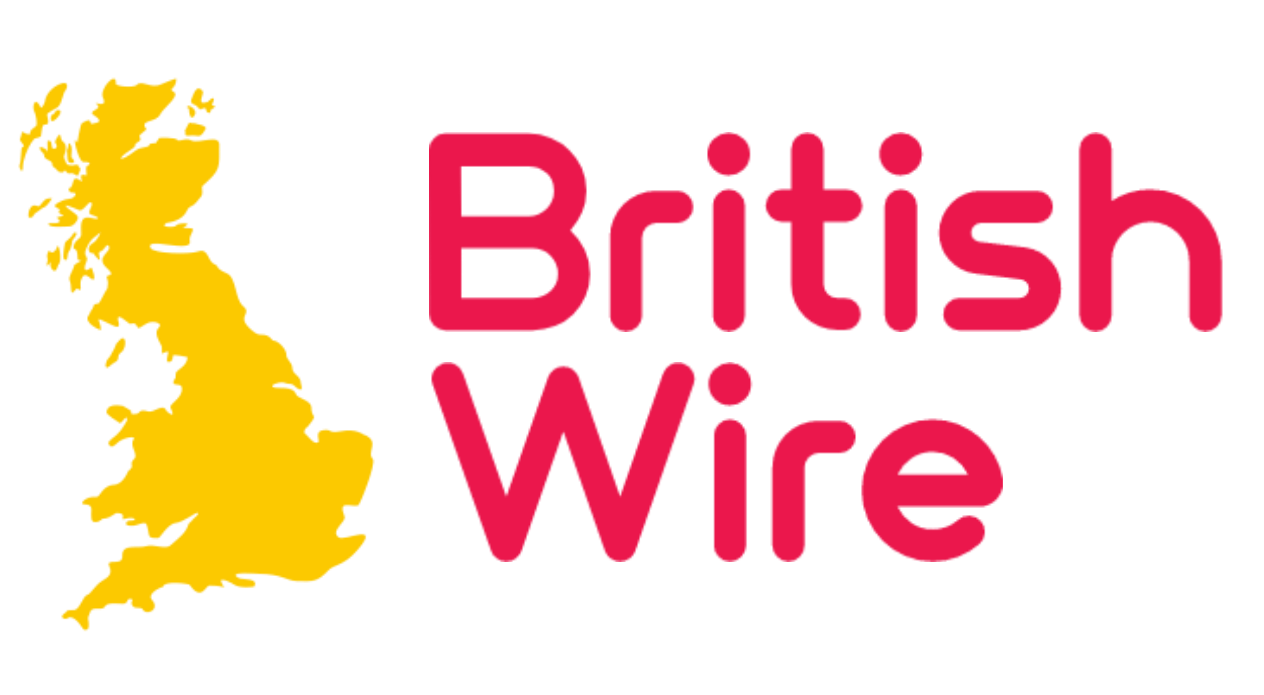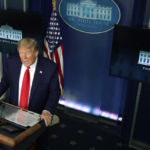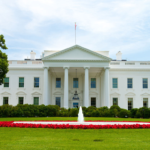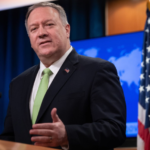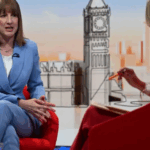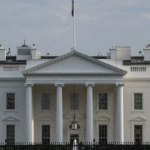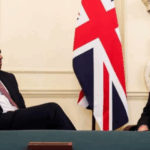Washington, D.C. – US inflation climbed to 3% in January, exceeding economists’ expectations of 2.9%, as rising energy and egg prices drove up the cost of living. The increase marks the highest inflation rate in six months and comes amid growing uncertainty about the country’s economic trajectory.
The unexpected rise presents a political and economic challenge for President Donald Trump, who has made fighting inflation a key priority of his administration. However, his proposed higher tariffs on imports have drawn criticism from economists who argue that such measures could further drive up prices for consumers.
Rising Costs Across Multiple Sectors
The broad-based increase in prices affected car insurance, airfare, medicine, and groceries. Grocery costs rose by 0.5% in January, up from 0.3% in December, with egg prices surging over 15% due to supply shortages caused by an avian flu outbreak. According to the Labor Department, this marks the largest monthly increase in egg prices in nearly a decade.
Housing-related costs, including rents, increased by 4.4% over the past year, though this was the smallest 12-month rise since January 2022. Meanwhile, clothing prices declined, offering some relief to consumers.
Federal Reserve’s Response and Economic Outlook
The Federal Reserve had been closely watching inflation trends after aggressively raising interest rates starting in 2022 to curb inflation. While it had begun cutting rates in September, persistent inflation concerns led the central bank to hold rates steady in January.
Core inflation, which excludes volatile food and energy prices, rose by 0.4% in January, its fastest pace since March. Brian Coulton, chief economist at Fitch Ratings, called the latest figures concerning:
“This is not a good number. It illustrates how the Federal Reserve has not completed the job of getting inflation back down, just as new inflation risks – from tariff hikes and a squeeze on labor supply growth – start to emerge.”
Federal Reserve Chairman Jerome Powell, speaking before Congress on Tuesday, suggested that the Fed was in no rush to cut rates further, emphasizing the uncertainty surrounding Trump’s tariff proposals and their potential impact on inflation and economic growth.
Political and Economic Implications
The rise in inflation has also put pressure on Trump’s economic policies. Ryan Sweet, chief US economist at Oxford Economics, suggested that Trump may need to reconsider his tariff plans, which would increase taxes on imported goods and risk pushing prices even higher.
“Tariffs can still be used as a bargaining tool, but the political optics of putting even a little upward pressure on consumer prices via tariffs wouldn’t be great for the Trump administration,” he noted.
Despite concerns from economists, Trump doubled down on his approach, calling on the Federal Reserve on Wednesday to lower interest rates to work “hand-in-hand” with tariffs.
With inflation proving more persistent than expected, the coming months will be crucial in shaping both monetary policy and economic strategy as the Trump administration seeks to balance inflation control with economic growth.
